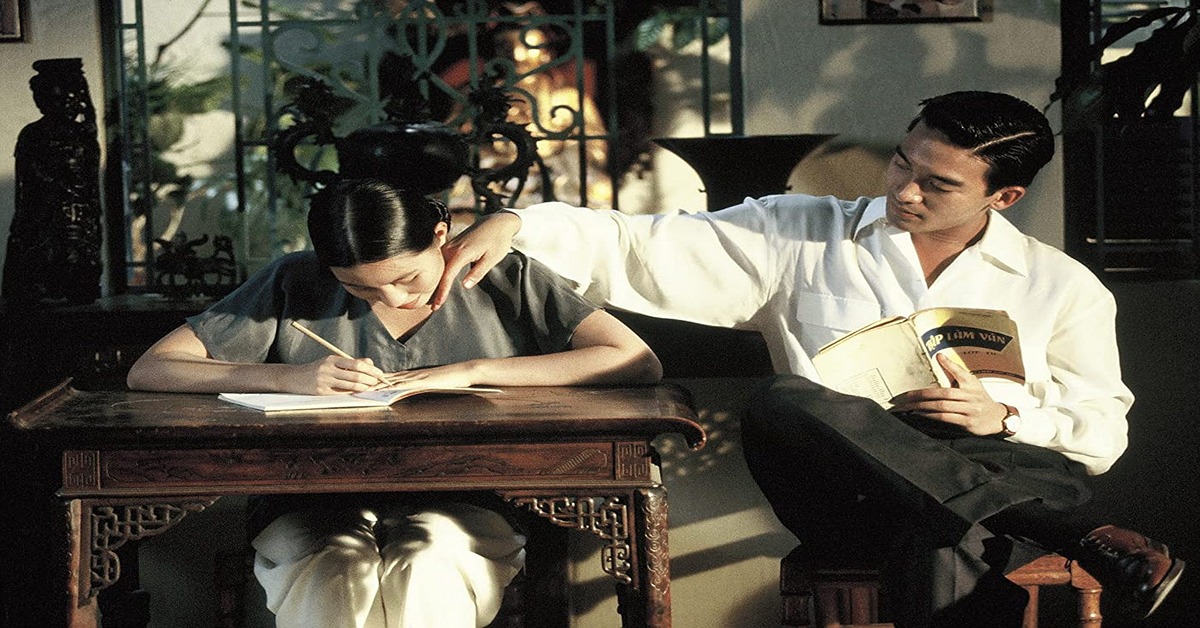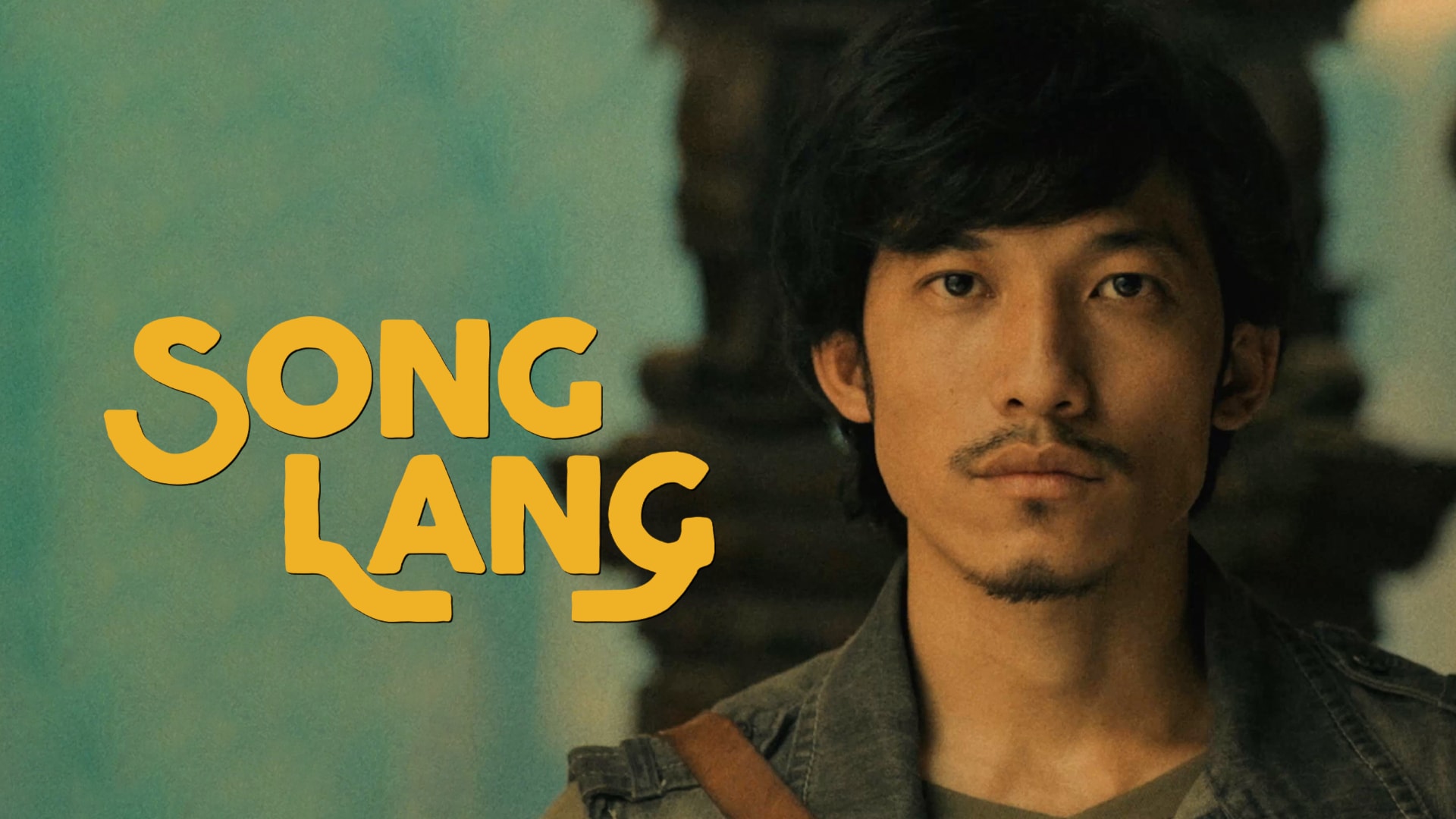
Vietnam movies – The development and the specialty
Vietnam movies, a burgeoning industry, has come a long way since its humble beginnings. With a rich history and diverse cultural influences, Vietnamese films offer a unique perspective on life, love, and society. Join us as we delve into the evolution of Vietnamese cinema, from its early days to the modern era, and explore the distinctive features that set it apart from other national cinemas.

The Development of Vietnam Movies
Vietnamese cinema or Vietnam movies have a rich history that dates back to the early 20th century. Here’s a brief overview of its development:
Early Years (1920s-1940s) of Vietnam Movies
- Silent Films: The first Vietnamese films were silent and often based on traditional stories or historical events.
- Sound Era: The introduction of sound technology in the late 1930s marked a new era for Vietnamese cinema.
Films like “Trọn với tình” (True to Love) and “Khúc khải hoàn” (The Song of Triumph) became popular.
The War Years (1945-1975) of Vietnam Movies
- Revolutionary Cinema: During the Vietnam War, films were used as a tool of propaganda and to boost morale.
- Documentaries: Documentaries about the war, such as “Nhung nguoi que huong toi” (My Homeland People), gained international recognition.
Post-War Period (1975-Present) of Vietnam Movies
- Golden Age: The 1980s and early 1990s were a golden age for Vietnamese cinema, with films like “When the Tenth Month Comes” and “The Abandoned Field” receiving critical acclaim.
- Modern Era: In recent years, Vietnamese cinema has experienced a resurgence, with filmmakers exploring diverse genres and themes.
- International Recognition: Vietnamese films have gained international recognition at film festivals worldwide.
Challenges and Opportunities of Vietnam Movies
Despite its rich history, Vietnam movies face several challenges, including:
- Limited funding: The film industry often struggles to secure adequate funding for production.
- Competition from foreign films: Foreign films, especially Hollywood blockbusters, dominate the market.
- Censorship: Government censorship can limit the creative freedom of filmmakers.
However, the Vietnam movies industry has also seen significant growth and development in recent years.
With the emergence of new talents, innovative storytelling, and technological advancements, the future of Vietnam movies look promising.
Features of Modern Vietnamese Cinema
Modern Vietnamese cinema has undergone significant growth and evolution, with filmmakers exploring a wide range of genres and themes. Here are some of its key features:
1. Diverse Genres:
- Historical dramas: Retelling stories from Vietnam’s rich history, such as “Mẹ chồng nàng dâu” (Mother-in-law and Daughter-in-law).
- Romantic comedies: Light-hearted films exploring love, relationships, and family.
- Action and adventure: High-octane films with thrilling stunts and breathtaking visuals.
- Horror: Psychological thrillers and horror films that tap into local folklore and superstitions.
2. Strong Focus on Family and Tradition:
- Family values: Many films emphasize the importance of family, tradition, and cultural heritage.
- Social issues: Films often address social issues such as poverty, corruption, and environmental protection.
3. Stunning Visuals and Soundtracks:
- Beautiful cinematography: Vietnamese filmmakers are skilled at capturing the country’s stunning landscapes and cityscapes.
- Original soundtracks: Many films feature original soundtracks that enhance the storytelling and emotional impact.
4. Rising International Recognition:
- International film festivals: Vietnamese films have been gaining recognition at international film festivals, such as the Cannes Film Festival and the Berlin International Film Festival.
- Global distribution: Some Vietnamese films have been distributed internationally, reaching audiences beyond Vietnam.
5. Impact of Technology:
- Advancements in technology: The use of advanced filmmaking techniques has elevated the quality of Vietnamese films.
- Digital platforms: The rise of streaming platforms has provided new opportunities for Vietnamese filmmakers to reach a wider audience.
While Vietnamese cinema still faces challenges, such as limited budgets and a lack of experienced talent, the industry is steadily growing and evolving. With the support of both domestic and international audiences, Vietnamese cinema has the potential to become a major force on the global stage.
Top 10 Vietnam movies of All Time

Here are 10 of the most acclaimed Vietnamese films of all time, spanning different decades and genres:
- The Scent of Green Papaya (1993): This internationally acclaimed film by Tran Anh Hung is a visually stunning and emotionally resonant coming-of-age story set in rural Vietnam.
- Cyclo (1995): Directed by Tran Anh Hung, this film is a gritty and realistic portrayal of life in Ho Chi Minh City.
- The White Silk Dress (2012): A poignant drama about love, loss, and family, set against the backdrop of a changing Vietnam.
- The Girl in the Painting (2010): A visually stunning and emotionally charged film that explores themes of love, loss, and the passage of time.
- The Abandoned Field (1979): A powerful war film that depicts the horrors of the Vietnam War.
- When the Tenth Month Comes (1984): A classic Vietnamese film that explores the complexities of love and family.
- The Scent of Burning Grass (2012): A poignant drama set in the aftermath of the Vietnam War.
- The Buffalo Boy (2004): A heartwarming film about a young boy and his buffalo, set in rural Vietnam.
- Don’t Burn (2014): A thought-provoking film about the consequences of war and the power of human resilience.
- Song Lang (2018): A beautiful and poetic film about the bond between a traditional opera singer and a young gangster.
Tips to Better Understand Vietnam Movies

To better understand Vietnamese cinema, consider the following tips:
1. Immerse Yourself in Vietnamese Culture:
- Learn about Vietnamese history: Understanding the country’s history, especially the periods of war and colonization, can help you appreciate the context of many films.
- Explore Vietnamese culture: Learn about Vietnamese customs, traditions, and values. This will help you understand the characters and their motivations in the films.
- Try Vietnamese cuisine: Food is a significant part of Vietnamese culture, and many films reference or feature traditional dishes.
2. Watch with Subtitles:
- Accurate translations: Subtitles can help you understand the nuances of the dialogue and cultural references.
- Language learning: Watching films with subtitles can be a fun way to learn Vietnamese language and culture.
3. Pay Attention to Visual Cues:
- Symbolism and metaphors: Vietnamese films often use symbolism and metaphors to convey deeper meanings.
- Body language and facial expressions: These can convey emotions and intentions that may not be explicitly stated in the dialogue.
4. Research the Director and Actors:
- Learn about their background and influences: Understanding the director’s vision and the actors’ performances can enhance your appreciation of the film.
- Follow their careers: Keep track of their latest work to gain a deeper understanding of their artistic style.
5. Join Online Communities:
- Connect with other fans: Discuss your favorite films, share insights, and ask questions.
- Learn from experts: Many online communities have knowledgeable members who can provide valuable information and analysis.
6. Watch a Variety of Films:
- Explore different genres: From historical dramas to contemporary comedies, Vietnamese cinema offers a wide range of genres.
- Discover new directors: Support emerging filmmakers and explore their unique perspectives.
By following these tips, you can gain a deeper appreciation for the rich and diverse world of Vietnamese cinema.
See also:
Top 10 places to visit in Hanoi categorized by different types
